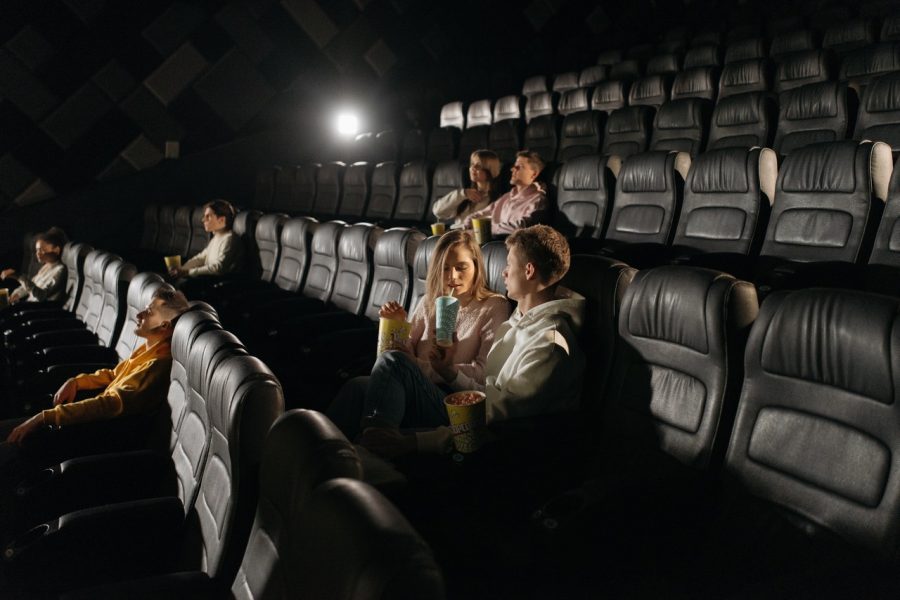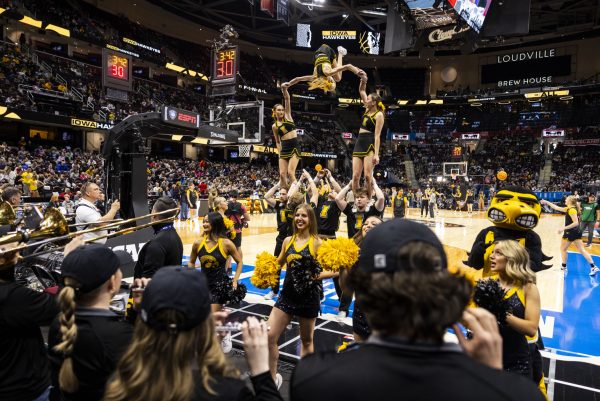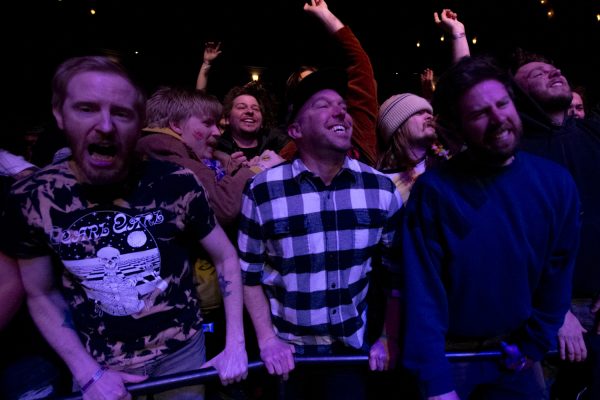Five Top Secrets of the Horror Genre: How to Scare The Life Out Of Your Audience
September 2, 2021
Everyone loves a good scare, it’s what the horror movie genre is based upon, and the ways to secure the ideal atmosphere to secure that reaction are numerous, so long as you know how to find them.
The horror genre is once again enjoying something of a comeback, most notably with the massively successful Conjuring series, and it’s a movie staple that is perhaps the most instinctive in the cinematic canon.
As a type of movie, horror spans many different styles, and the range achieved has expanded over the decades. If you are shooting your own horror masterpiece, you will do well to make the most of the helpful tools out there, such as this sumptuous intro for horror movies, which will set the scene well.
Those looking to create a horror movie could benefit from taking a look at some helpful tips, secrets that will make yours stand out from the pack.
Take Your Time
Yes, there is value in decapitating a victim in your horror movie. Of course, there is (I mean, who doesn’t love a good decapitation scene). There is, however, more value in building up to the gore rather than just forcing it into the narrative just for the shock value alone.
Yes, there are some films in the genre where the endless gore IS effectively the narrative (think the Saw franchise or Hostel), but these only work because of the genre they are in and won’t always come off as anything other than attention-seeking.
Some of the best and scariest horror movies don’t feature death and destruction (of any real sense) until at least the second act. To achieve this, you need the ambiance to be just right. You do this by building up the sense of fear in your audience and your lead characters for just the right amount of time before the terror really sets in.
Making things a little askew on the way to the scare will also bring your audience to a level of unbearable suspense. A great example of this comes in the classic Rosemary’s Baby, which only really truly hits home in the final moments, having drawn its viewers to the brink for almost the entire run time.
Silent and Deadly
A good score will help to further envelop the viewer in a sense of dread, and this can be achieved with a great soundtrack as well as understated use of sound effects to really put your viewer right there, in the middle of the action.
Most of the best horror movies ever made were greatly aided by the music that has been the heart and soul of the projects. The Exorcist is a prime example of this, but it’s also evident in The Shining and many others.
The score can achieve a very visceral reaction that helps to engage your viewers, so make sure you put enough thought and effort into this.
Make the Villain the Central Character
Unlike just about every other film genre, where a villain is effectively a plot device moving the action along or pretty much just being a living and breathing obstacle for your hero, in horror, your main character should be the villain.
It’s what drives the entire film, the bad guy can, of course, be a girl or even a phenomenon or something otherworldly, and it’s basically the reason anything is happening.
Therefore they need to be memorable and crucial enough to drive the whole project. Sometimes the central character can even be a house, like in Poltergeist, as an example. Whatever form the villain appears in, it should be three-dimensional in nature. In other words, it’s not enough that he/she/they or it are just a ‘killer’.
Be Aware, Just Not Too Aware
As well as horror fans being very loyal to the genre, they are also very knowing and aware of the tropes and tricks of the trade. So if your project is very much based on the classic principles of horror, then be confident enough to play up to conventions.
Clearly, most horror movies will have the classic ‘he’s behind you’ shot or sequence and don’t feel scared to tread in commonalities but play around with it. If you have a character who just seems most likely to be the next to be brutally axed, then have fun with it.
The most successful films of the genre over the past two decades have come in the form of almost being parodies, but this works (if done well) because horror movie audiences know what’s coming and will accept it if it’s achieved and set in a way that isn’t taking them for granted.
There Are No Limits, Literally
The good thing about horror, which applies to the fantasy and science fiction genres, is that you are not confined by time and space. Because, in many cases, your narrative is based on the supernatural or unexplained nature of life, you don’t need to be constrained by it.
You can use this to set your budget anywhere and at any time you like. Hell, even the storytelling can be backward or even downright confused, just so long as the arcs of your characters work and there are frights, thrills and spills (or blood perhaps), you’ll still be within the boundaries of the art form.
For example, think of Cabin in the Woods, where a typical horror film plays out and then goes into a bizarro world, just because it can.
Use this to your advantage and maximize the endless terrain of the darker recesses of your imagination.














